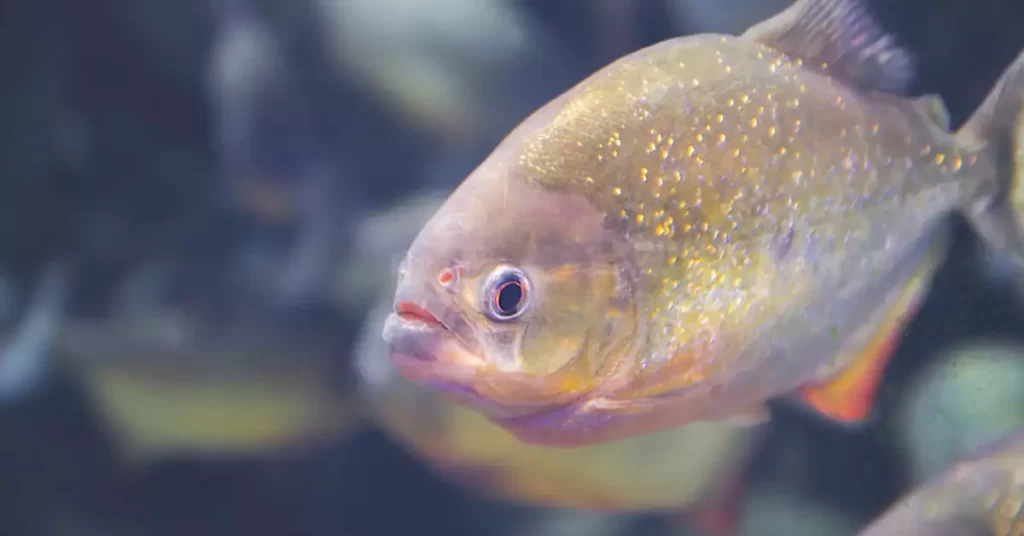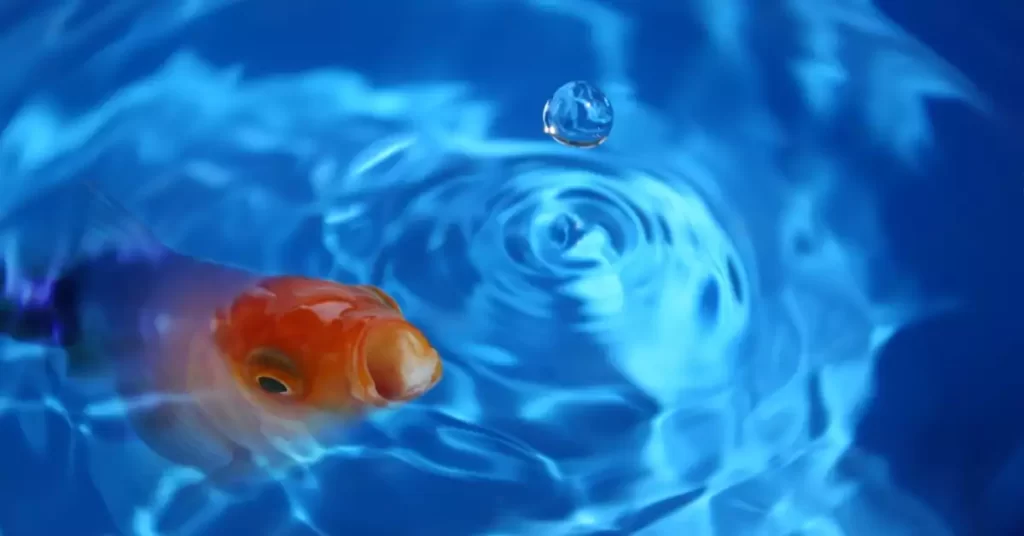Every living being on this planet requires water to survive. But have you ever wondered if fish, who live in water, ever feel thirsty?
In this article, we will explore the concept of fish thirst and delve into the fascinating world of osmoregulation, which plays a crucial role in fish hydration.
Do fish drink water?
The answer to this question varies depending on the type of fish. Fish are broadly classified into two categories: freshwater fish and saltwater fish.
Their drinking habits differ based on their environment.
Freshwater fish
Freshwater fish live in an environment where the water is less salty than their body fluids. As a result, water tends to flow into their bodies through a process called osmosis.
To maintain the right balance of water and salts in their bodies, freshwater fish do not actively drink water. Instead, they excrete excess water through their urine.
Saltwater fish
Saltwater fish, on the other hand, live in water with a higher salt concentration than their body fluids.
This causes water to flow out of their bodies, making them lose water. To compensate for this loss, saltwater fish actively drink water to maintain a proper balance of water and salts.

The Role of Osmoregulation in Fish
Osmoregulation is the process by which fish maintain a balance of water and salts in their bodies. This process is crucial for their survival and overall health.
How osmoregulation works
Fish regulate the movement of water and salts in and out of their bodies through specialized cells called monocytes, found in their gills.
These cells actively transport ions such as sodium, potassium, and chloride to maintain the right balance of water and salts in the fish’s body.
Differences between freshwater and saltwater fish osmoregulation
Freshwater fish osmoregulation involves excreting excess water and retaining salts. They do this by producing large amounts of dilute urine and actively absorbing salts through their gills.
Saltwater fish, in contrast, excrete excess salts and retain water. They produce a small volume of concentrated urine and actively secrete salts through their gills.
How fish obtain water
Fish obtain water through two primary methods: through their gills and their diet.
Through their gills
Fish extract water from their environment by filtering it through their gills. Freshwater fish absorb water passively through their gills due to the lower salt concentration in their environment.
Saltwater fish, however, must actively pump water into their bodies to counteract water loss caused by the higher salt concentration in their surroundings.
Through their diet
Fish also obtain water through the food they eat. This source of water is especially important for saltwater fish, as their diet often includes water-rich prey such as other fish or invertebrates

Fish behavior when dehydrated
Just like humans and other animals, fish can become dehydrated if they do not maintain proper water balance.
Dehydrated fish may exhibit various behaviors, such as seeking out areas with a different salt concentration, gulping air at the surface, or becoming more sluggish and less active.
The Effect of water quality on fish thirst
Water quality plays a significant role in fish hydration. Contaminants, pollutants, and changes in water temperature can all affect a fish’s ability to maintain proper osmoregulation.
Fish living in polluted or contaminated water may struggle to extract the necessary water and ions, leading to dehydration and other health issues.
How climate change impacts fish hydration
As the Earth’s climate changes, so do the conditions of aquatic ecosystems. Rising temperatures can lead to increased evaporation, altering the salinity levels of both freshwater and saltwater habitats.
Changes in precipitation patterns can also affect the availability and quality of water. These alterations in the aquatic environment can directly impact fish hydration and osmoregulation, potentially leading to increased stress and reduced survival rates.
Signs of dehydration in fish
While it may be difficult to directly observe fish dehydration, there are some signs that can indicate a fish is struggling with osmoregulation:
- Lethargy or reduced activity levels
- Rapid or labored breathing
- Loss of appetite or refusal to eat
- Sunken eyes
- Changes in skin color or appearance
If you suspect that a fish is dehydrated or struggling with osmoregulation, it is crucial to address the issue promptly.
This may involve improving water quality, adjusting water parameters, or consulting with a veterinarian or fish expert for further advice.
Frequently Asked Questions (FAQs)
Can fish feel thirst in the same way humans do?
While fish don’t experience thirst in the same way humans do, they still have a biological need to maintain the proper balance of water and salts in their bodies.
This is achieved through the process of osmoregulation.
Do all fish need to drink water?
Not all fish actively drink water. Freshwater fish do not need to drink water as they absorb it passively through their gills due to the lower salt concentration in their environment.
Saltwater fish, however, actively drink water to compensate for the water loss caused by the higher salt concentration in their surroundings.
How can I tell if my fish is dehydrated?
Signs of dehydration in fish can include lethargy, rapid or labored breathing, loss of appetite, sunken eyes, and changes in skin color or appearance.
If you suspect that a fish is dehydrated, it is essential to address the issue promptly.
Conclusion
In summary, fish hydration is a complex process that involves the delicate balance of water and salts in their bodies. While fish may not experience thirst like humans, they still need to maintain proper osmoregulation to stay healthy.
Freshwater fish passively absorb water through their gills, while saltwater fish actively drink water to compensate for water loss.
Understanding fish hydration and osmoregulation can help us better care for these fascinating creatures and ensure their overall health and well-being in the face of changing environmental conditions.